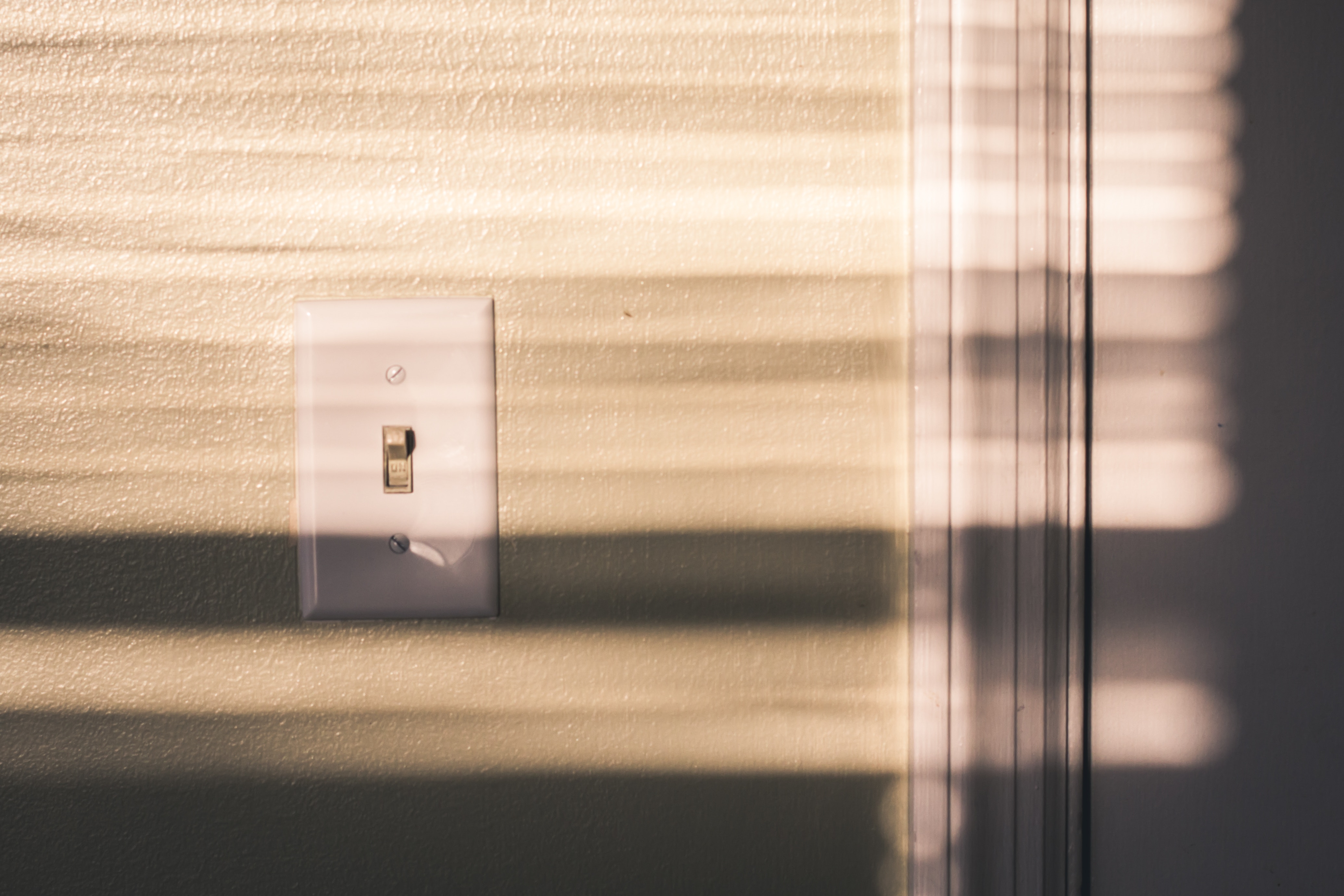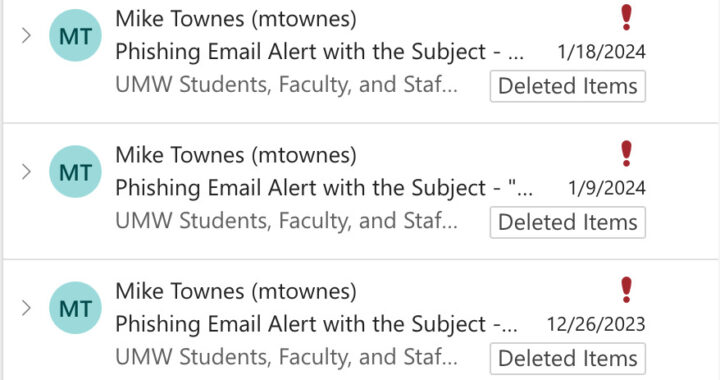Mold issues cause concern
6 min read
steve-johnson-589229-unsplash
By OLIVIA BRIDGES & LINDSEY BROWN
Contributing Writer & Senior Writer
From January 2017 to March 2018, the UMW maintenance department received 47 reports of mold and mildew in various campus buildings, according to work orders obtained through a Freedom of Information Act request.
An analysis of these reports shows that the cases were not resolved in a timely fashion, even when students had health concerns. In addition, response times started slowing since the summer of 2017.
Of the 47 reports, 19 were completed. Another 19 were assigned, which means that an employee was given the case but the work orders were not yet complete.
Maintenance services at Mary Washington says the assigned, but not completed, work orders is just a problem of documentation.
“I have good reason to believe that the work was in fact accomplished but we did not properly document the work performed in the current work management system. I came aboard UMW Facilities Services last fall and am now implementing a new work order management system for Facilities Services which should be “live” by Fall 2018. The new system will provide improved documentation of status and completion,” said Nolan J. Akau, director of Maintenance Services in an email.
 But students complaining about mold have a different account. In at least one case a student claimed to have reported mold in their dorm three times before receiving a response from maintenance services. The student’s identity is unknown because of the Family Education Right and Privacy Act, which voided all student’s names from the FOIA.
But students complaining about mold have a different account. In at least one case a student claimed to have reported mold in their dorm three times before receiving a response from maintenance services. The student’s identity is unknown because of the Family Education Right and Privacy Act, which voided all student’s names from the FOIA.
“This is the third work order request we have submitted to have someone remove the black mold that covers 1/3rd of the ceiling in our dorm room. It has been there since we moved in Fall 2017, however, no one has come to look at it,” said an unnamed student living in Alvey Hall according to the work order filed on March 18, 2018.
The remaining nine reports of mold were rejected. In many cases, they were told that cleaning would take place in the summer. In the meantime, students were expected to live with mold until the end of the semester. This was in spite of the fact that many were experiencing health problems.
For example, an anonymous student who filed a report on April 10, 2017 had a work order rejected because it was filed at the end of the semester. The identity of the student is unknown because it was blacked out on the work order received with the FOIA.
“I haven’t been able to sleep in my room because it affects the way I breathe and it’s right under my bed,” said the unnamed student living in Virginia Hall according to their work order.
There were a variety of other reasons for rejection. One of the work orders from November 12, 2017 was rejected because the student living in the University of Mary Washington Apartments reported mold on the university-provided shower curtain liner.
“Housekeeping does not supply replacement shower curtains; curtain should be cleaned or replaced by the residents,” according to the work order rejection reason.
But in an email from Akau explaining maintenance procedures to remove mold, he stated the university does not clean the shower curtains. They replace the curtains instead. While the university did not replace the student’s shower curtain from the November 12 work order, the university did replace a shower curtain in Mason Hall, according to a different work order filed January 23, 2018.
In the 2017 to 2018 calendar year, the work order requests that were completed received a response time within an average of four days. This average does not include assigned work orders or the ones that were rejected. But since August 2017, the response times have been greatly lagging. Many of the reports of mold have been assigned, but not addressed. Of the 24 work orders filed between August 28, 2017 to March 18, 2018, only seven of them were closed and two were rejected. The other 17 work orders were assigned, but not completed. 
Out of the 47 reports, 13 of the cases were reported from Alvey Hall, which has more reports of mold than all other university housing and buildings. Eagle Landing has seven reports of mold, while the University of Mary Washington Apartments and Marshall Hall have reported four cases of mold each.
Akau said in an email that when a work order is placed by a student, it is then “reviewed by the work control technician and/or shop supervisors and assigned to one or more trades or divisions.”
The general procedure to remove and clean mold off of walls, floors, windows and AC vents is to first clean the affected area with Hill Manufactured Mildew Stain remover and a microfiber cloth.
After the surface is dry, maintenance then sprays the surface with the stain remover again. They then apply Anabec, which is an antimicrobial to seal and protect the surface from mold in the future.
The University of Mary Washington currently has 30 maintenance employees and 30 housekeeping personnel working for facility services. Additionally, the university uses over 50 outside contractors.
The outside contractors occasionally address mold in university housing and buildings.According to a study conducted in 2003, “Effects of Toxic Exposure to Mold and Mycotoxins in Building-Related Illnesses” exposure to mold can cause a variety of health problems. The study consisted of 61 females and 39 males, a total of 100 subjects who all had mold in their homes. The results showed that 64 patients exhibited respiratory problems.
Out of the 100 patients, 70 exhibited short-term memory loss and dizziness, these symptoms are associated with neurological symptoms. All of the patients exhibited immunological symptoms such as hypersensitivity to molds, foods and chemicals.
Some students have mold in their dorms and do not even know of its existence. For example, senior Alex Sakes, a political science major and business administration minor, found black mold next to his bed on move out day of his junior year while he was living in Arrington Hall. Sakes only discovered the mold after he removed the poster it was growing under. Sakes believed the mold grew because his walls regularly leaked and the mold was near his AC unit.
“Little did I know the entire year I was sleeping next to an entire wall covered with spores of black mold,” said Sakes.
After discovering the mold, Sakes filed a work order. The following academic year Sakes’s friend, 22 year-old ancient civilization major Sarah Attkisson, moved into his old dorm. Attkisson graduated in 2017. According to Attkisson in an email, there was a lot of mold in her room which was difficult to clean and always came back due to the heavy moisture in the building. Attkisson lived in Arrington from 2014 to 2015.
“It’s incredibly dangerous to put people in a mold-infested building. The school knew about the problem and the moldy building is still standing,” Attkisson said. “I think all past and present students who lived in the building while there was an active mold problem should be offered housing refunds and an apology.”
21 year-old Brooke Talkington, a Spanish major who graduated in 2017, had encountered mold in university housing. The incident with the mold occurred from September to October 2017. At the time Talkington lived in the UMW Apartments in building seven.
“In our experience the apartment above ours had issues with their shower draining, causing water to pool in our ceiling where mold grew and a section of the ceiling eventually collapsed,” said Talkington in an email.
Talkington and her roommates filed a work order. However, they did not receive a response after three days and went to their RA who submitted another work order and contacted the area coordinator.
“The shower in the apartment above us was fixed within days but it took about 3 weeks for maintenance to come replace our ceiling. My roommates and I were understanding that they are busy and there are other people on campus with issues, but we felt that it took a really long time considering the fact that mold is a health issue,” said Talkington.
The Blue & Gray Press published two stories on the topic of mold in dorms back in 2015. One article was based on an incident in Alvey Hall and the other was about Eagle Landing. As a result of these articles, the newspaper received several other complaints from students who had experienced mold in their dorms. The paper did not follow-up on the issue until now.
According to Akau’s email, the University of Mary Washington is currently searching for options to improve preventive measure to reduce mold issues in the future. The university also plans on renovating the older buildings.
“UMW is evaluating additional repairs for Alvey this summer,” said Akau. “However, while, occurrences may be reduced, complete prevention is not a realistic expectation.”











